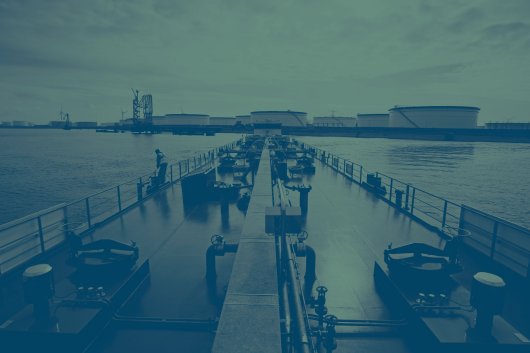Scrubbers installed on 60 Carnival ships
Company says it is on track to deploy scrubber systems on more than 85 vessels by 2020.
Carnival Corporation & plc says it has completed the installation and certification of exhaust gas cleaning systems on 60 ships across its brands.
Representing a $400 million investment to date, the company says it is on track to develop and deploy its systems on more than 85 vessels across its global fleet by 2020.
First announced in 2013, the company engineered a proprietary technology to function in the confined spaces of a cruise ship to reduce sulphur compounds and particulate matter from a ship's engine exhaust at any operating state of a ship - at sea, during maneuvering and in port.
The systems enable Carnival Corporation to meet international regulations that place a cap on the sulphur content of fuel oil at 0.1 percent. In addition to mitigating costs for low-sulphur fuel, the systems further the company's sustainability goals to continue reducing carbon emissions.
"Our exhaust gas cleaning systems represent advanced environmental technology, and underscore our company's strong commitment to responsible sustainability practices," said Mike Kaczmarek, vice president of corporate marine technology for Carnival Corporation.
"Due to the success we have had with improving air quality with our systems, we have expanded our commitment to install and deploy this technology from an original 32 vessels to over 85 through the end of 2020. This is part of our ongoing focus on evaluating new technologies, employing new shipbuilding techniques and implementing energy-saving initiatives throughout our fleet to protect the health and vitality of the oceans, seas and communities in which we operate."
Carnival Corporation's exhaust gas cleaning systems, known for their ability to clean - or 'scrub' - exhaust from high-sulphur fuel, are currently installed and certified on 17 Carnival Cruise Line vessels, 13 Holland America Line vessels, 10 Princess Cruises vessels, seven Costa Cruises vessels, five AIDA Cruises vessels, four P&O Cruises UK vessels, three Cunard vessels and one P&O Cruises Australia vessel.
The sulphur reduction program is in line with other steps Carnival Corporation has taken to reduce its carbon footprint, including the adoption of liquefied natural gas (LNG).
In 2015, AIDAsol from the company's AIDA Cruises brand was the first cruise ship in the world to be supplied with power by an LNG Hybrid barge and, last year, the newly delivered AIDAprima became the first cruise ship to routinely use LNG with a dual-fuel powered engine while in port. By 2019, with the introduction of the first of seven fully LNG-powered vessels, Carnival Corporation is set to be the first cruise company in the world to use LNG to power cruise ships both while they are in port and on the open sea.
"With the International Maritime Organization, the Cruise Lines Industry Association and various government organizations all calling for improved efficiency in clean operations, we see the installation of exhaust cleaning systems and use of clean fuels as steps to future-proof our fleet," said Kaczmarek. "We are proud to be ahead of the curve in meeting the upcoming regulations and guidelines."
Representing a $400 million investment to date, the company says it is on track to develop and deploy its systems on more than 85 vessels across its global fleet by 2020.
First announced in 2013, the company engineered a proprietary technology to function in the confined spaces of a cruise ship to reduce sulphur compounds and particulate matter from a ship's engine exhaust at any operating state of a ship - at sea, during maneuvering and in port.
The systems enable Carnival Corporation to meet international regulations that place a cap on the sulphur content of fuel oil at 0.1 percent. In addition to mitigating costs for low-sulphur fuel, the systems further the company's sustainability goals to continue reducing carbon emissions.
"Our exhaust gas cleaning systems represent advanced environmental technology, and underscore our company's strong commitment to responsible sustainability practices," said Mike Kaczmarek, vice president of corporate marine technology for Carnival Corporation.
"Due to the success we have had with improving air quality with our systems, we have expanded our commitment to install and deploy this technology from an original 32 vessels to over 85 through the end of 2020. This is part of our ongoing focus on evaluating new technologies, employing new shipbuilding techniques and implementing energy-saving initiatives throughout our fleet to protect the health and vitality of the oceans, seas and communities in which we operate."
Carnival Corporation's exhaust gas cleaning systems, known for their ability to clean - or 'scrub' - exhaust from high-sulphur fuel, are currently installed and certified on 17 Carnival Cruise Line vessels, 13 Holland America Line vessels, 10 Princess Cruises vessels, seven Costa Cruises vessels, five AIDA Cruises vessels, four P&O Cruises UK vessels, three Cunard vessels and one P&O Cruises Australia vessel.
The sulphur reduction program is in line with other steps Carnival Corporation has taken to reduce its carbon footprint, including the adoption of liquefied natural gas (LNG).
In 2015, AIDAsol from the company's AIDA Cruises brand was the first cruise ship in the world to be supplied with power by an LNG Hybrid barge and, last year, the newly delivered AIDAprima became the first cruise ship to routinely use LNG with a dual-fuel powered engine while in port. By 2019, with the introduction of the first of seven fully LNG-powered vessels, Carnival Corporation is set to be the first cruise company in the world to use LNG to power cruise ships both while they are in port and on the open sea.
"With the International Maritime Organization, the Cruise Lines Industry Association and various government organizations all calling for improved efficiency in clean operations, we see the installation of exhaust cleaning systems and use of clean fuels as steps to future-proof our fleet," said Kaczmarek. "We are proud to be ahead of the curve in meeting the upcoming regulations and guidelines."

|
How to engineer and manage green shipping fuels | Stanley George, VPS
Effective management strategies and insights for evolving fuel use. |
|
|
|
||
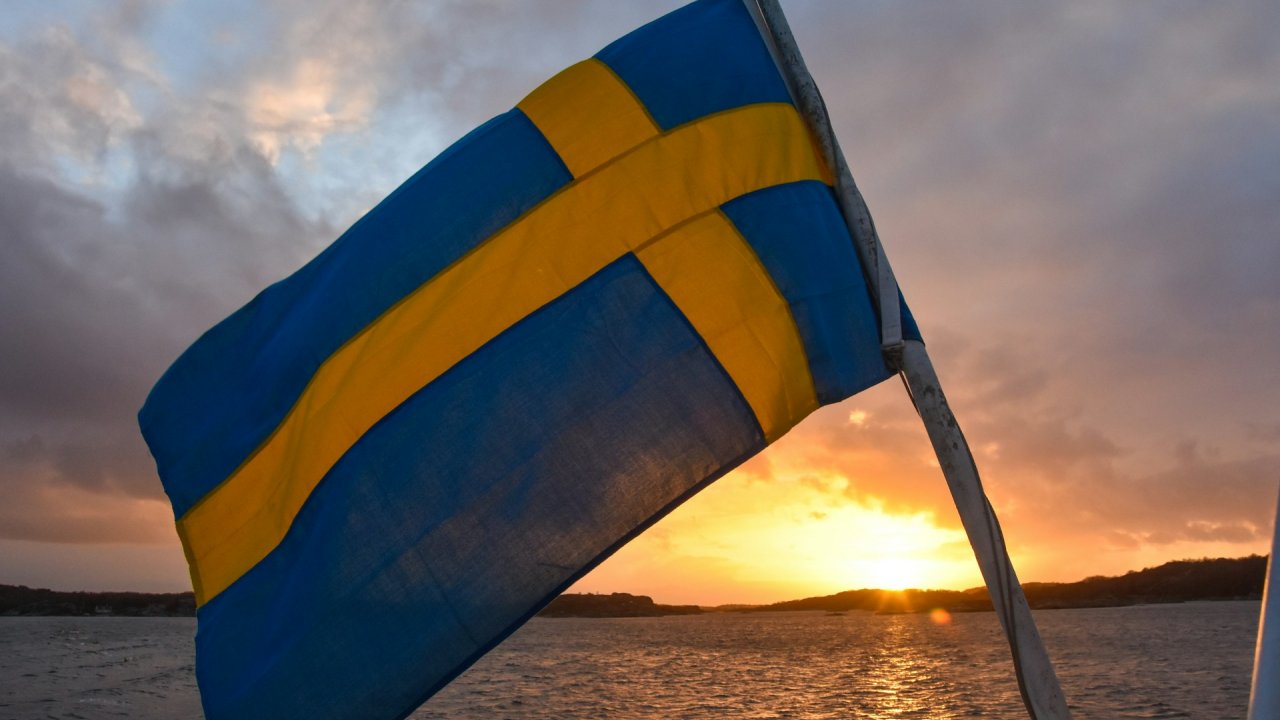
|
Swedish government bans scrubber wastewater discharges
Discharges from open-loop scrubbers to be prohibited in Swedish waters from July 2025. |
|
|
|
||
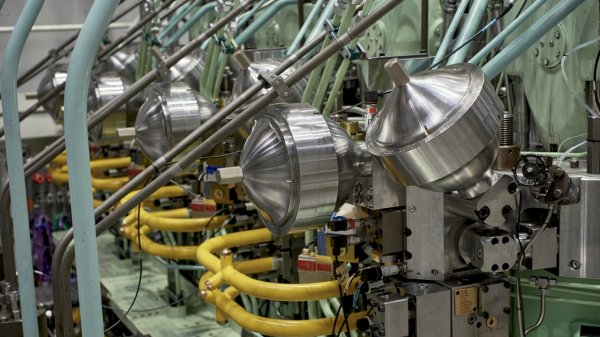
|
MAN Energy Solutions achieves 100% load milestone for ammonia engine
Latest tests validate fuel injection system throughout the entire load curve. |
|
|
|
||
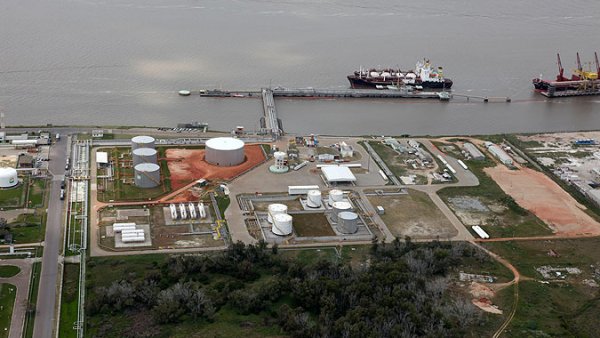
|
Petrobras secures ISCC EU RED certification for B24 biofuel blend at Rio Grande
Blend consisting of 24% FAME is said to have been rigorously tested to meet international standards. |
|
|
|
||
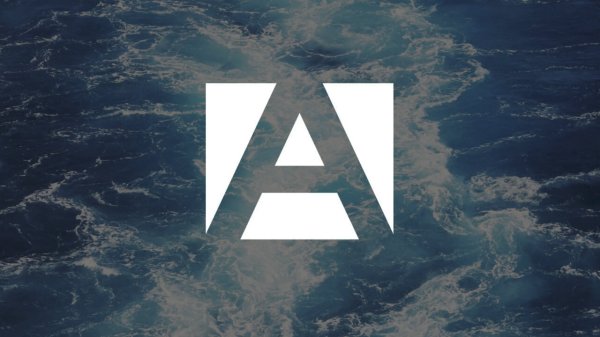
|
Stolt-Nielsen to fully control Avenir LNG with acquisition
Share purchase agreement to buy all shares from Golar LNG and Aequitas. |
|
|
|
||
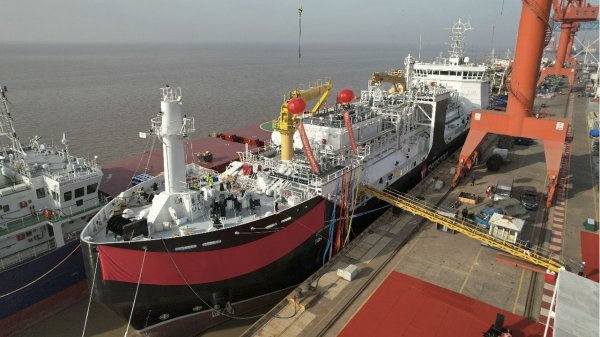
|
Bureau Veritas supports launch of CIMC SOE's LNG bunkering vessel
Handover of Seaspan Energy's cutting-edge 7,600-cbm vessel completed. |
|
|
|
||
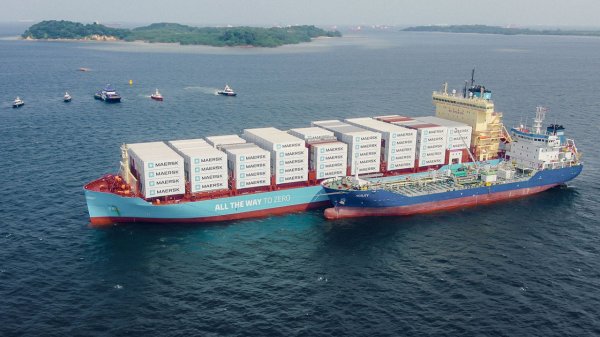
|
Methanol as a marine fuel | Steve Bee, VPS
How environmental legislation has driven the development of low-sulphur fuels and methanol-ready ships. |
|
|
|
||
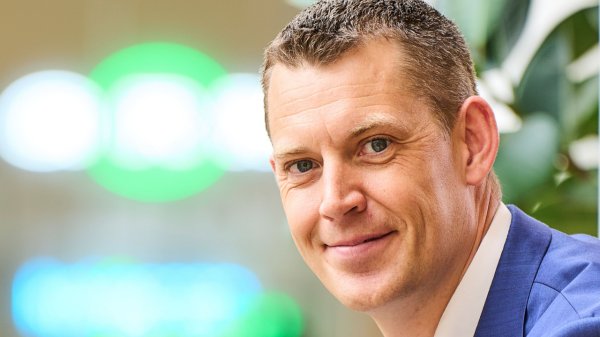
|
Martin Vorgod elevated to CEO of Global Risk Management
Vorgod, currently CCO at GRM, will officially step in as CEO on December 1, succeeding Peder Møller. |
|
|
|
||
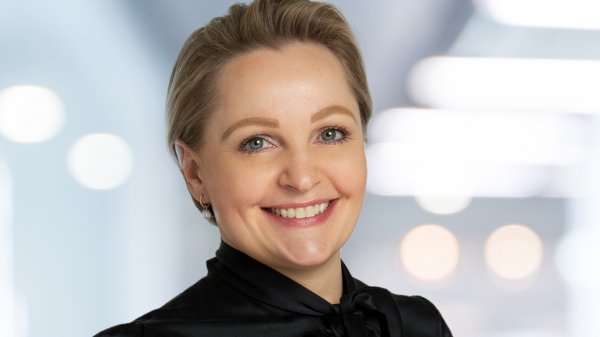
|
Dorthe Bendtsen named interim CEO of KPI OceanConnect
Officer with background in operations and governance to steer firm through transition as it searches for permanent leadership. |
|
|
|
||
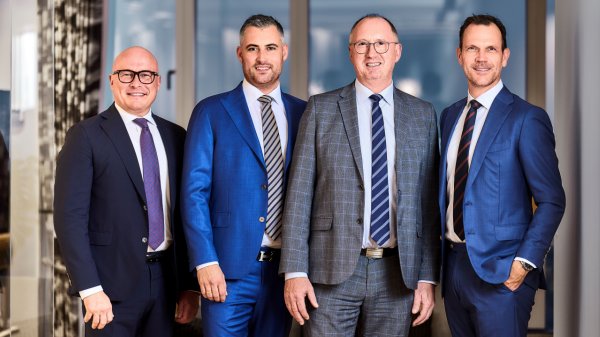
|
Bunker Holding revamps commercial department and management team
CCO departs; commercial activities divided into sales and operations. |
|
|
|
||
Related Links
- · Steel cut for world's first cruise ship powered at sea by LNG [Insights]
- · Carnival inks 12-year deal with Wartsila, targets fuel savings [Insights]
- · Carnival's bunker costs drop 27% in 2016, expects $315m rise next year [Insights]
- · Shell signs deal with Carnival to supply world's first fully LNG-powered cruise ships [Insights]
- · United States [Directory]

